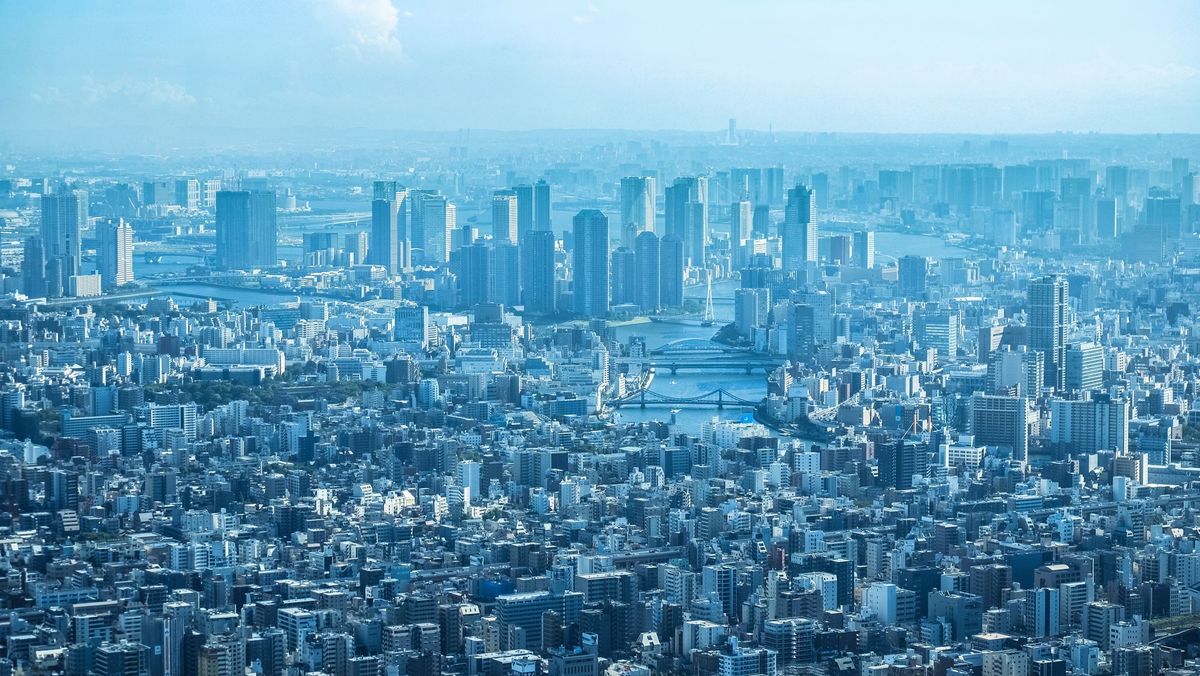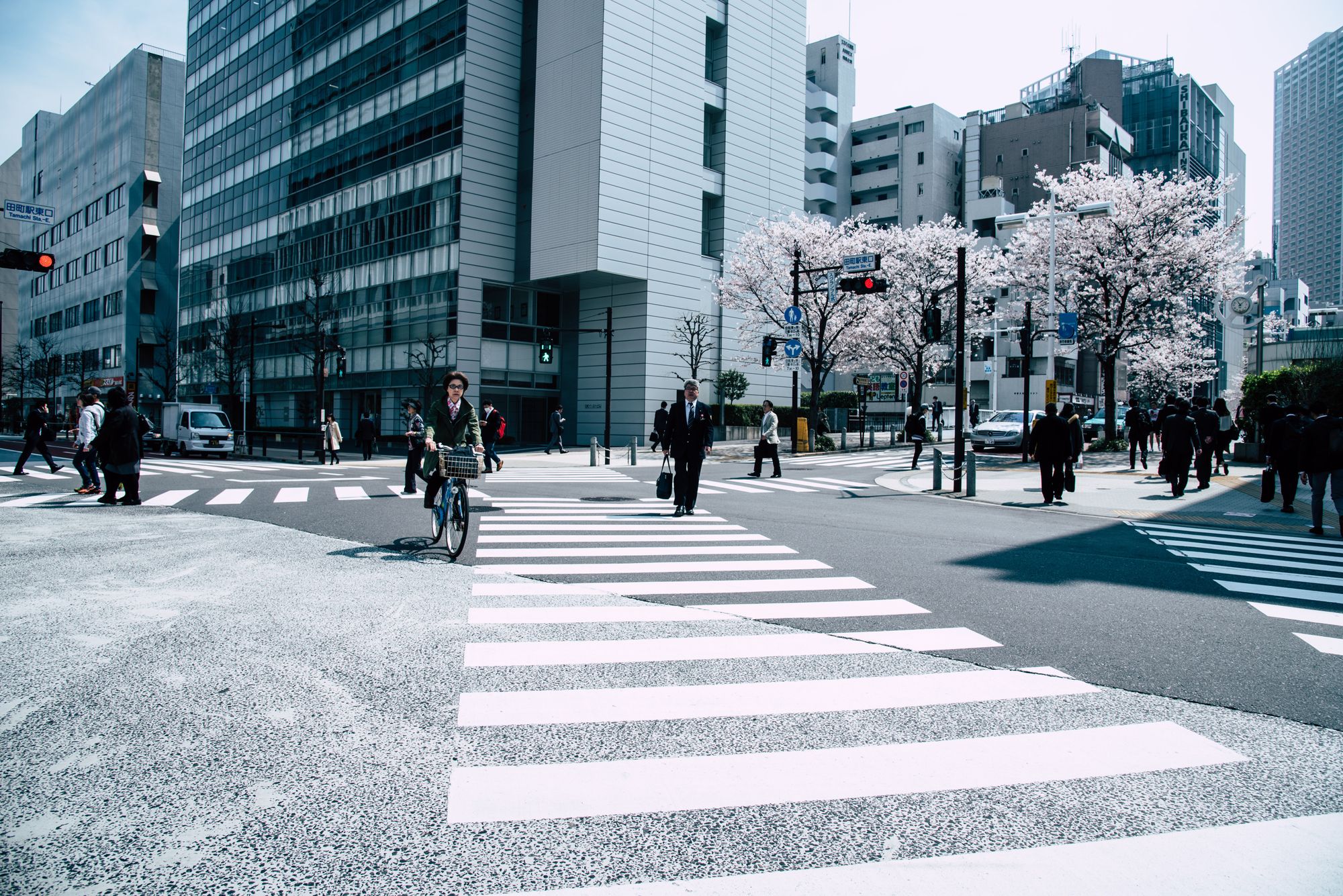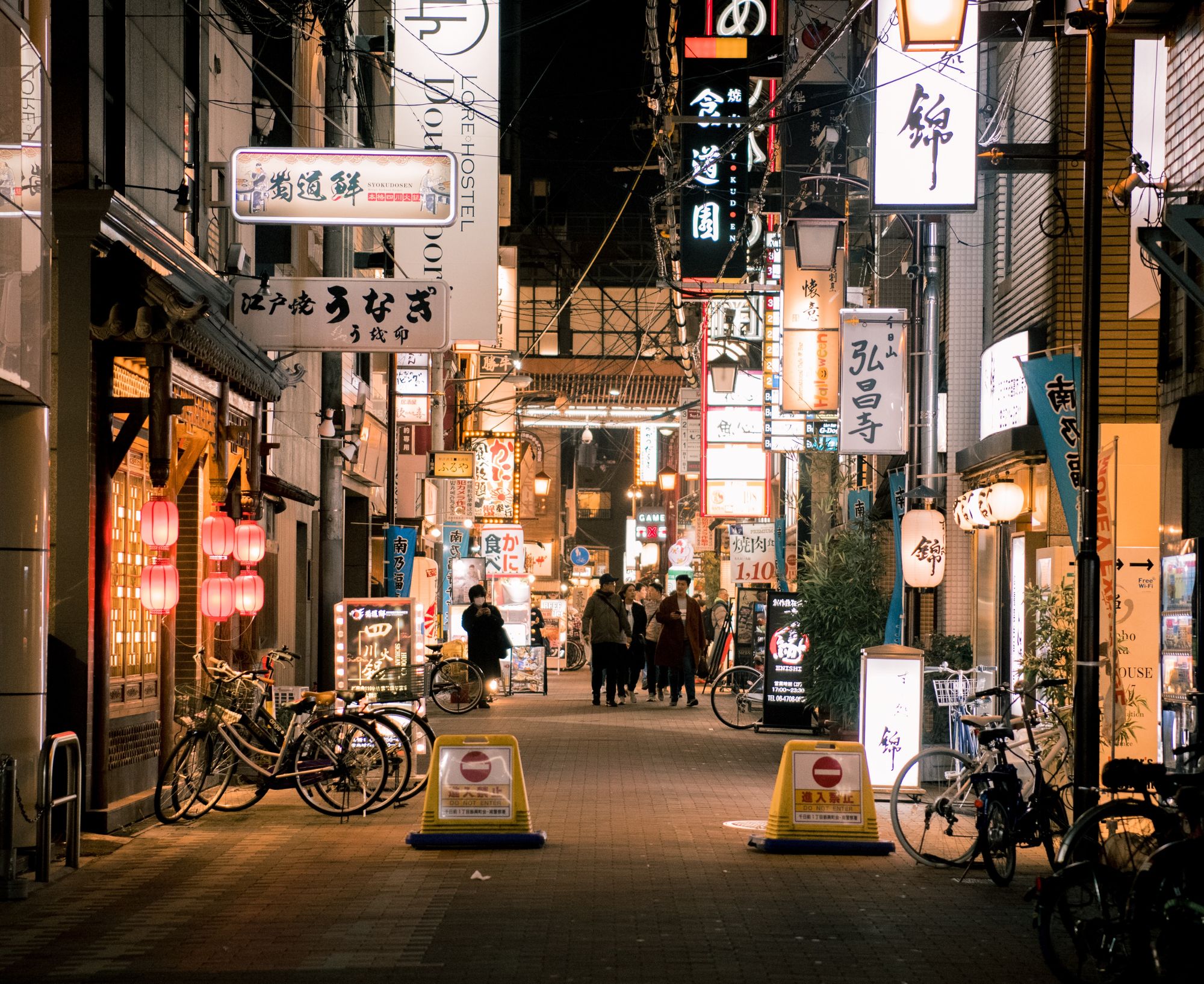Japan's Economy - The Outlier or the Future
Is the economy of Japan an outlier, or on the contrary, maybe it's just ahead of its time. If Japan really is ahead of the curve, what can we learn about economic stagnation, inflation, and government intervention from the experiences of the country over the past three decades?

By Julian Olsen-Pendergast
Japan, the third-largest economy globally and potentially one of the most important countries for helping economists navigate the economic transition in the next couple of years. Simon Kuznets, a Nobel laureate economist and namesake of the Kuznets curve, noted that there were four types of economies in the world: developed economies, undeveloped economies, Argentina, and Japan. The economies of Japan and Argentina did not follow the conventional path of how national economies were supposed to develop. If you have followed the economic and political evolution of Argentina over the past 100 years, you will know Argentina is a whole other thing. However, some economists are starting to theorize that Japan is not unusual at all. On the contrary, maybe it's just ahead of its time. If Japan is indeed ahead of the curve, what can we learn about economic stagnation, inflation, and government intervention from its experience over the past three decades?
In the 1980s, Japan was the second-largest economy in the world. Fueled by massive export industries and a rapidly developing domestic market, it was widely predicted that it would overtake the US to claim number one. Japan was manufacturing everything from cheap, reliable cars to state-of-the-art electronics. This was enabled by a new global push towards free trade, which meant that the resource-scarce island nation could focus on high-quality manufacturing and trade with other nations for raw materials, food, and other goods that would be difficult to produce within Japan itself. A textbook example of comparative advantage.
For those unfamiliar with the concept of comparative advantage, let's quickly explain. Countries like America are brilliant at producing food at low cost but not so good at making consumer electronics. Countries like Japan are great at making consumer electronics at low cost, but farming is expensive. Therefore, if both countries focus on what they produce at the lowest cost and trade with each other, there is more food and electronics for everyone, and everyone is better off.

However, the real estate and stock market crash of the early '90s shattered the Japanese economy. Its banks ran the risk of people defaulting on their homes, which were worth only a fraction of the mortgage price. Japanese citizens saw their net worth evaporate overnight, and many were left with crippling debts. Consumer culture was dramatically cut back, and as demand for goods fell, so did prices, resulting in deflation.
The reduction in the price level of goods and services might appear as a welcome prospect in a time with hyperinflation looming. However, economists are more concerned about deflation than inflation, and Japan's experience illustrates why. As prices fell, businesses made less money from selling their products. The decrease in sales revenue meant that businesses had to hold off on giving raises and cut down on staff, thereby reducing household incomes. With reduced household incomes, people had less disposable income to buy things, further reducing demand and prices. It's a vicious feedback loop. If you took out a million-dollar loan to buy a house, and then deflation kicks in, making those million dollars worth twice as much as they once were, then you're going to be in for a really bad time making those repayments.
The Japanese central bank tried to tackle this by lowering interest rates, but it had little effect. Economists call the 1990s in Japan the "lost decade," but the next two decades were not much better.
By the 2000s, Japan had partly recovered from the debt hangover. However, Japan's young productive population from the 1980s was getting old and retiring, putting a burden on younger workers and social programs to look after retirees. The issue of an aging population is not unique to Japan; most advanced countries have birth rates below two children per female, meaning their populations are growing older over time. That being said, this issue is most pronounced in Japan.
Throughout this period, the Japanese central bank continued to lower interest rates to combat these issues and get the economy moving. Unfortunately, it had very little impact, and the central bank piloted new strategies to stimulate the economy and manage deflation. This situation has led some great economists to ponder whether Japan's economy is uniquely characterised by persistent stagnation or whether endless growth in a finite world is indeed not sustainable for any economy.

There are a few reasons to expect that Japan's situation might be different from what is currently being experienced around the world. The first reason is the time frame. For example, the US has been conducting heavy quantitative easing over the past two years, rather than three decades. Spreading out cash injections means participants in an economy have more time to react. Doubling the money supply over 20 years probably isn't a huge deal, but doubling the money supply over two years is.
The second difference is the supply side of the economy. Aside from an aging population, there is no major difference between the productive capacity of Japan today and its capacity three decades ago. The basic idea is that if the money supply increases and so does aggregate supply, then there is no reason to expect prices to rise. In contrast, supply has been heavily impacted in most countries around the world today, with waiting lists and empty grocery shops becoming all too familiar.
The third reason is something that is much harder for economists to grapple with - the professional and consumer culture of Japan. In Japan, it is considered taboo to ask for a raise. Furthermore, since the workforce is aging, it's also harder to get a promotion or switch jobs for a better salary because the corporate ladder is filled with people who have been with their companies for decades. This means that disposable incomes have remained stagnant since the '90s. Compare this to the US, where workers are far more active in demanding raises, promotions, and new job opportunities. Additionally, when American companies receive a large injection of cash, it tends to be reinvested in the business. In contrast, Japanese companies have historically preferred to give that money back to their investors. This can be frustrating for the Japanese central bank, given that it is both a big investor and trying to provide cash.
The economy of Japan is complex and frequently discussed among economists, some of whom are totally baffled by how it behaves. We can learn a lot from Japan, and it's a great example of money printing not necessarily leading to inflation, but we also have to respect its differences as much as we draw conclusions from its similarities.



